DEIA Toolkit
Research Development
DEIA Proposal Resources
This toolkit provides resources to help PIs plan and write about their Diversity, Equity, Inclusion, and Access (DEIA) proposal activities. Dr. Amy Landis has designed this section of the Community Impacts Toolkit to provide resources to help guide PIs in better understanding these requirements and how to incorporate and write DEIA proposal activities into their project effectively. Please access the toolkit and view the recorded workshop using your Mines credentials.
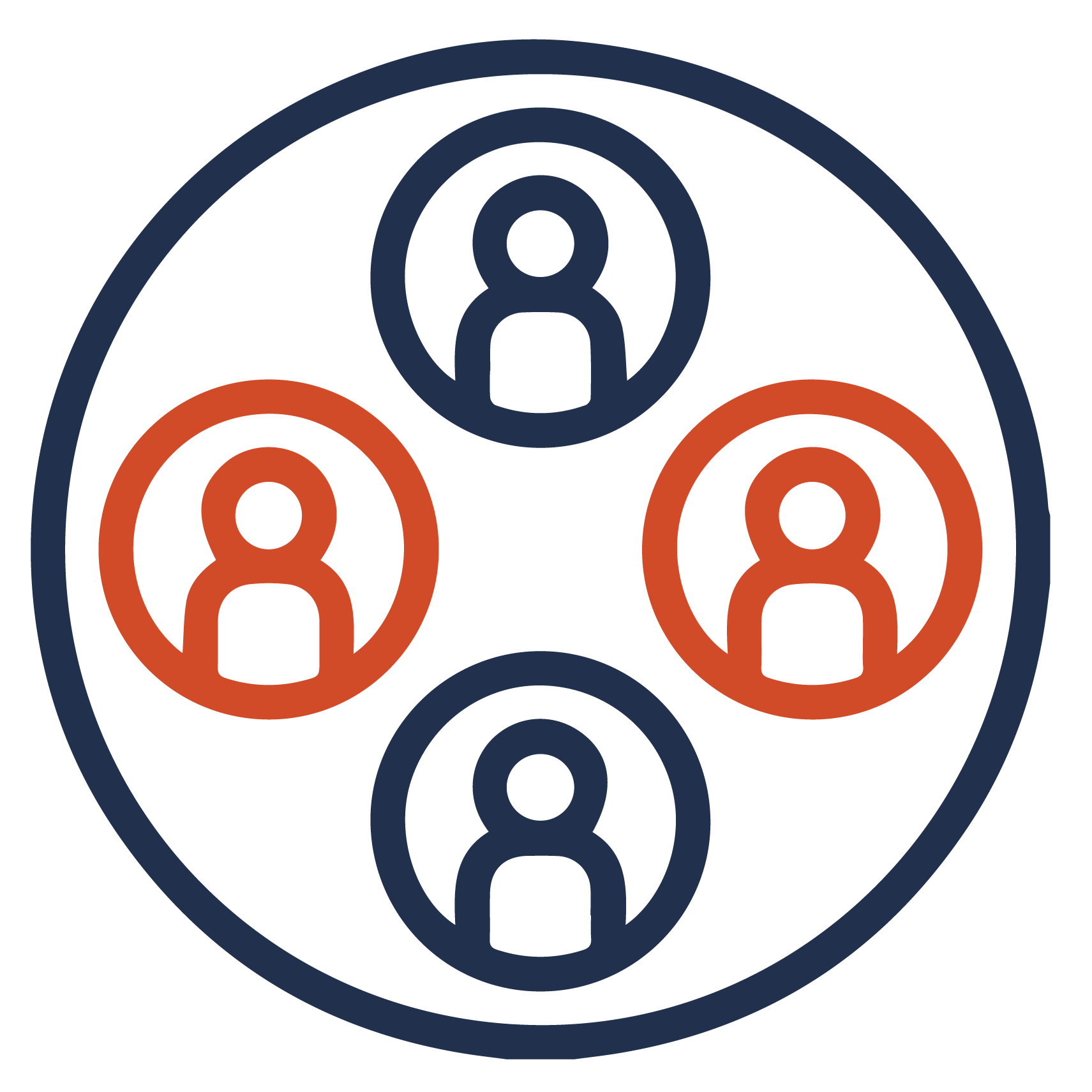
DEIA Proposal Support Requests
The DI&A Office and the Office of Research and Technology Transfer collaborate on supporting the development and inclusion of DI&A efforts in grant proposals. For more information or support, please click the link below and let us know what you need help with. The appropriate office will get in touch with you.
For needs that are outside the scope of campus-wide DI&A efforts, the Research Development team will route you to an on-campus or off-campus consultant for custom workshops, experts as Co-PIs or Senior Personnel, customized plans, evaluation, and other needs.
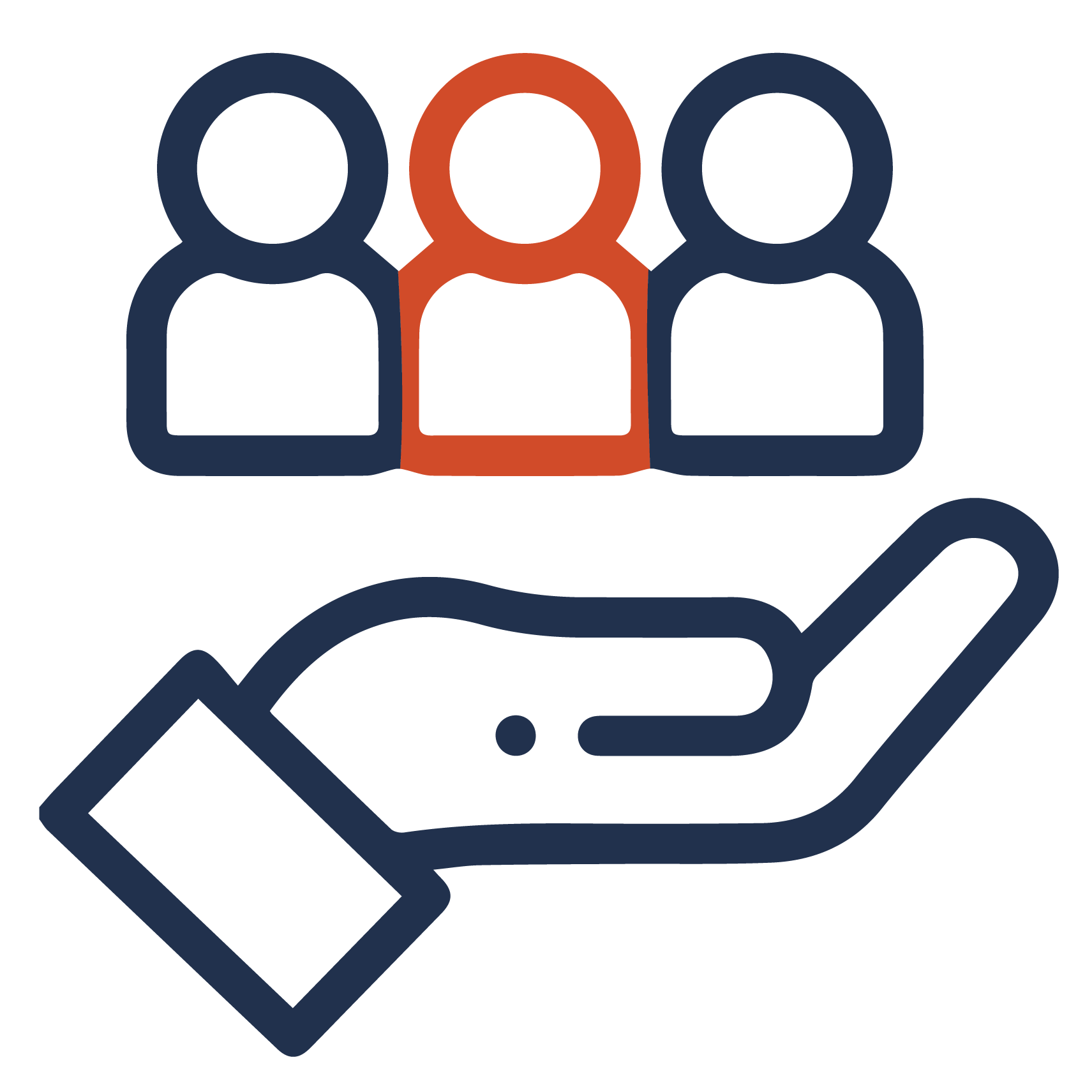

Full toolkit of all shared documents
The following shared files will bring you to the full toolkit and Workshop recordings . You will need to click the link below and use your Mines login credentials to access the files.
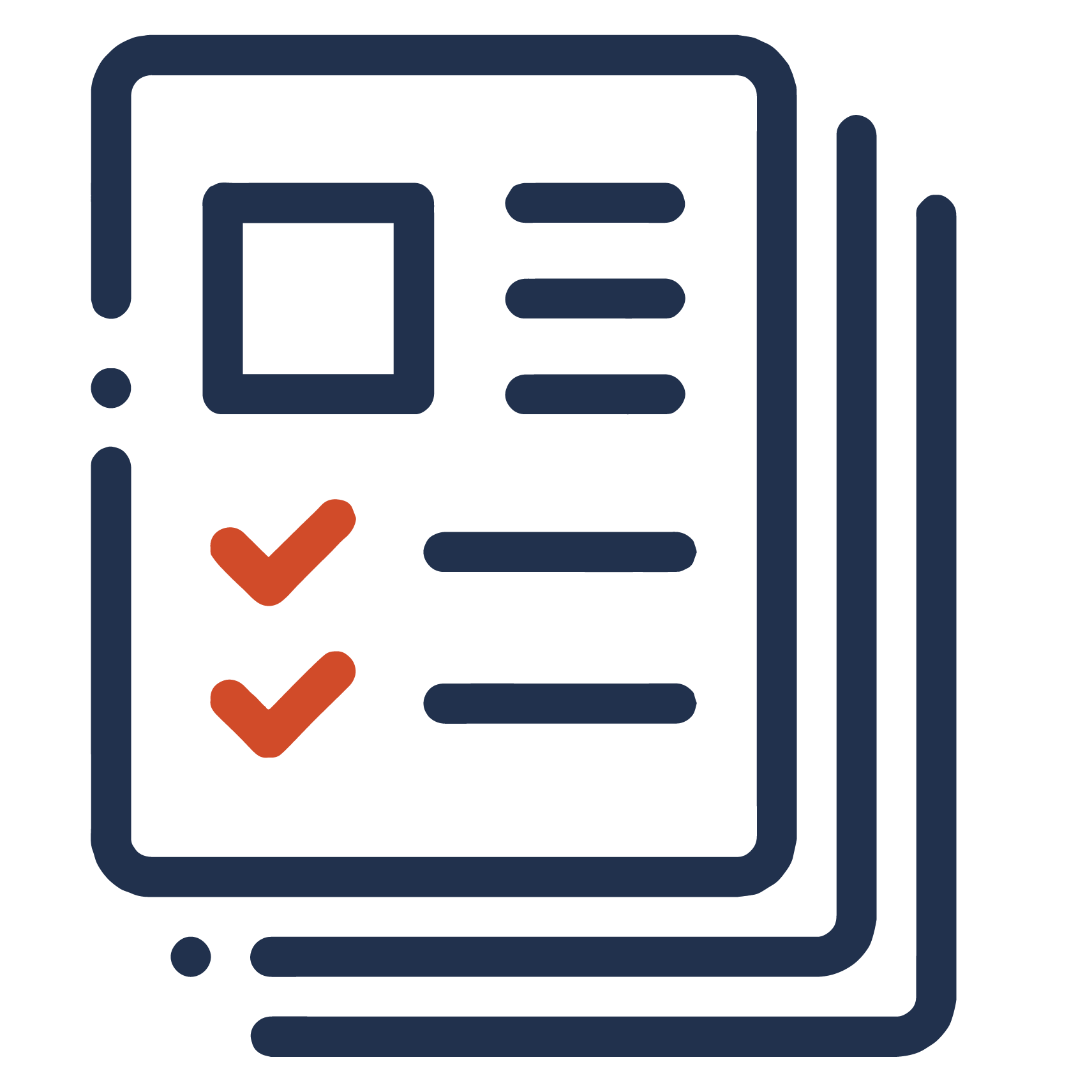
Elements of a DEIA Plan
A good DEIA or Broadening Participation plan should include certain elements and components within the proposal. The toggle below opens up to list these elements and components. These items can also be found in the read-first document.
Elements
Aligns with the RFP or FOA considerations and uses the terminology of the agency. Note that each agency uses different acronyms and has slightly different priorities for DEIA.
Proposes need-based, and evidence-based activities. Have you persuasively made a case for the need for your proposed DEIA activity? Think of this like the motivation and rationale for your research. Have you supported your claims with data and citations?
Is based in best practice. Have you reviewed examples of successful programs similar to yours? Have you cited the literature?
Fits into the rest of the proposal. The proposed DEIA activities should align with the field or research that are in the main proposal, and should be integrated into the research, not tacked on at the end. For example, what are the ethical, justice, and diversity issues related to your research topic? And how do you address some of those issues in your proposed project? Great proposals go beyond hosting an outreach event or one-off training and have sustainable DEIA initiatives woven throughout the duration of the project.
Is guided by DEIA expertise. If you have room in your budget and have ample DEIA activities, you should have a Co-PI with DEIA expertise and even consider how to advance DEIA research as part of your work. If you have limited budget, consider having DEIA experts on an advisory board.
Measures your DEIA impact. How do you know that you’ve been successful?
Has appropriate budget. Including budget and funds for DEIA activities demonstrates to reviewers that your team is committed to the proposed work and is likely to actually do the DEIA work that you propose.
Components
Recruitment and hiring (and workforce development if relevant). How will/have you recruited students, staff, and contractors for your project team?
Cultivating a culture of inclusion within the project team. Research shows that a culture of inclusion is critical to retaining the diverse talent that you worked so hard to recruit in #1 above. What activities are you doing to ensure that everyone is included? (Hint, you should be training the PIs and leadership team, too).
Outreach and community engagement. What are you doing outside of your project team, within the communities that are impacted by your research? Are you doing any work to engage or train the next generation of STEM leaders?
BONUS, but likely required for large center grants: Research on social justice and DEIA in STEM. Here you’d have a Co-PI and/or a team of researchers proposing new interventions that could improve 1, 2, or 3 above, who work with the project team to do research on DEIA within your proposed project scope.

Mines DEIA Programs and Resources for Proposals
Mines DI&A has developed a menu of evidence-based programs that are campus-wide efforts. These can be included in proposals, complete with background information, and references. The idea behind proposal collaboration between Mines DI&A and PIs is to leverage the programs and resources that are already in place or to create new opportunities campus-wide.

Other Considerations
Expertise
Mines has a lot of great programs, resources, and experts that you can collaborate with on your proposed project. Be sure to meet with program leaders and enlist collaboration on these efforts. Use the COLLABORATORS LIST link below to find an expert. It is all too common that PIs will write that they are going to work with MEP or SWE to recruit students or do an outreach project, but never actually connect with MEP or SWE leadership beforehand. They can tell you what their biggest needs and opportunities are. You’ll build fantastic and meaningful collaborations this way!
You should also consider recruiting an expert in DEIA as a Co-PI or as a member of your advisory board. Remember, tokenism is not ok. Simply because you have a person from an underrepresented group on your Co-PI team, does not mean that they are an expert in DEIA or that they should or want to do that work for your team.
Budget
Include some sort of funds in your proposal to support your proposed DEIA activities. Check with your partners to determine what is reasonable. Budget signals to your reviewers and program officer that you are serious about DEIA. And it also provides needed resources for the programs that you might be leveraging for your proposal’s success.
Leveraging your team and Mines existing programs
The DEIA Toolkit lists many resources that you can leverage at Mines for your DEIA plan, from recruitment, to inclusion, to outreach. Leveraging programs that already exist at Mines are a great way to have high quality impact; you can write about that impact in your proposal! In addition, check with your team and find out what they are passionate about. Maybe one of your PIs enjoys volunteering in their child’s school and would be excited to take a team of Mines students there to do a STEM activity. Leverage the things that your team is excited about too. And don’t forget that DEIA has so many diverse elements; you can support neurodiverse learners, veterans, or rural students.
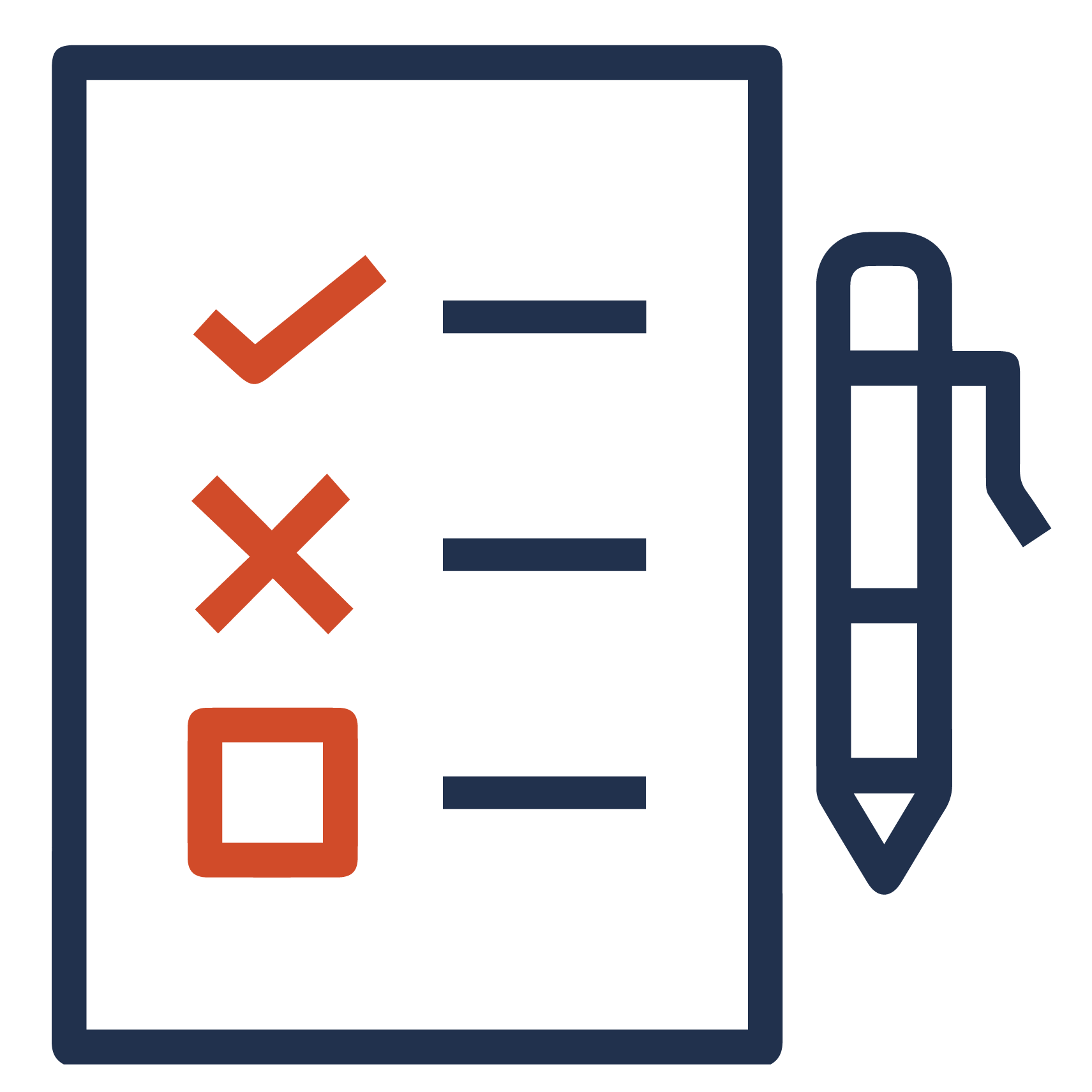
Guidance and Common Mistakes
Reviewers can see right through proposals that haven’t done a thoughtful job on the DEIA component. You’ll lose points in review, and depending on the severity of your mistake, you might be completely out of the running no matter how good your scientific idea is. Some common mistakes and pitfalls to avoid include:
- Explaining your diversity experience by simply listing the current diversity of your students or team.
- Inadvertently using the deficit model. Read about the deficit model at Oxford dictionary.
- Tokenism and tack-on partnerships. Read about tokenism on Wikipedia.
- Too brief or superficial, e.g., simply pasting in institution’s DI&A statements.
- General lack of understanding of best practices in DI&A.
- Not collaborative for multi-institutional proposals; meaning that only one university is leading or engaging in the DEIA work.
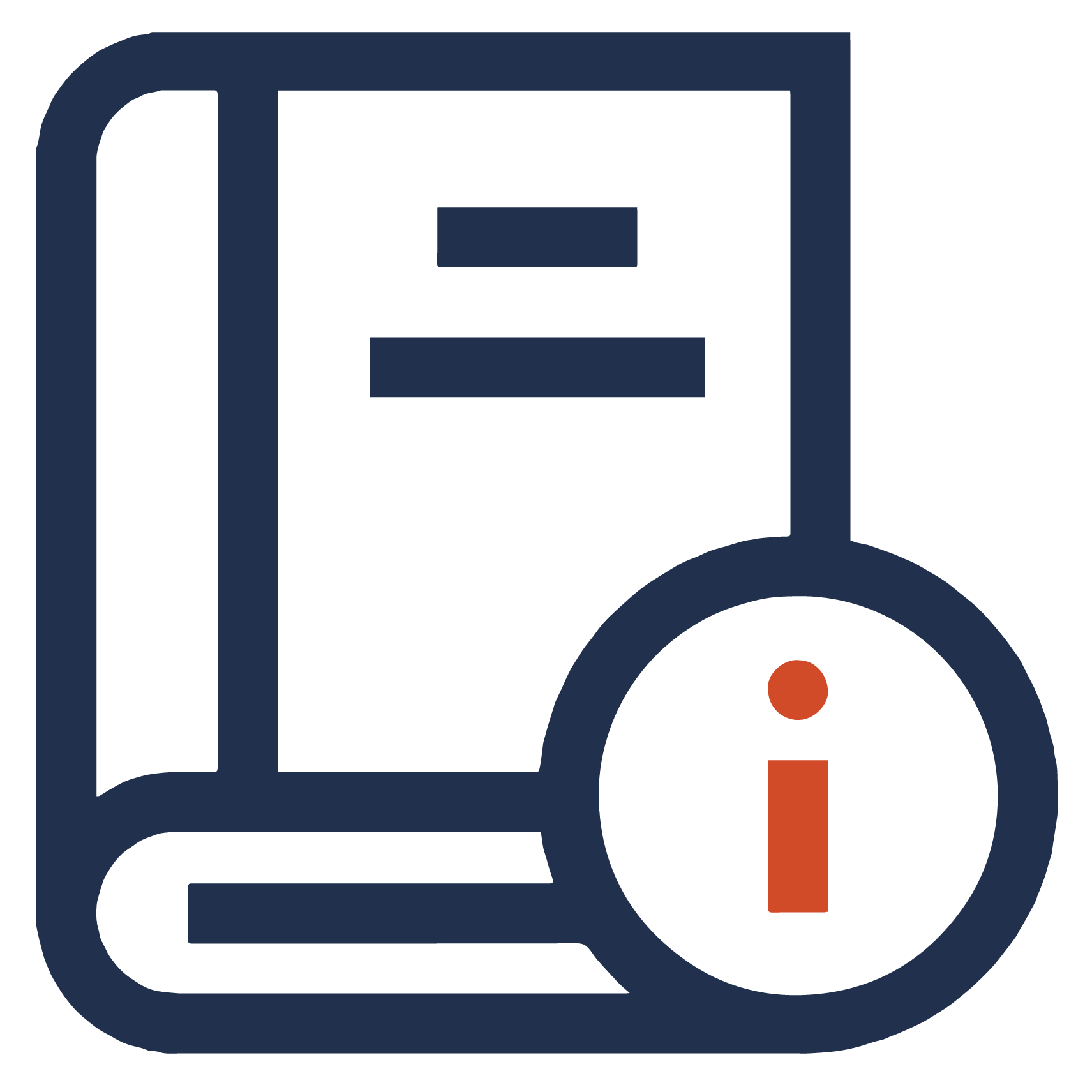
Seminal DEIA Readings
Similar to the fundamental research activities in all proposals, faculty will need to cite literature to support the DEIA activities in their proposal. This file contains relevant and current literature on the research of DEIA efforts, that focuses on supporting the field of science & engineering research. Some of the focus areas include STEM research, research teaming and inclusive practices, and general terminology.

Dr. Amy Landis joined Mines as the first Presidential Faculty Fellow for Access, Attainment and Diversity. Her research ranges from design of systems based on industrial ecology and byproduct synergies, life cycle and sustainability assessments of biopolymers and biofuels and design and analysis of sustainable solutions for health care. Since 2007, she has led nine federal research projects and collaborated on many more, totaling more than $30 million in collaborative research. Landis continues to grow her research activities and collaborations to include multidisciplinary approaches to sustainable systems. She is dedicated to sustainability engineering education, outreach and diversity in STEM. She has established networking and mentorship programs at three different universities to advance diversity and STEM. She also works with local high schools, after-school programs, local nonprofit organizations, extensions and museums to integrate sustainability and engineering into K-12 and undergraduate curricula.